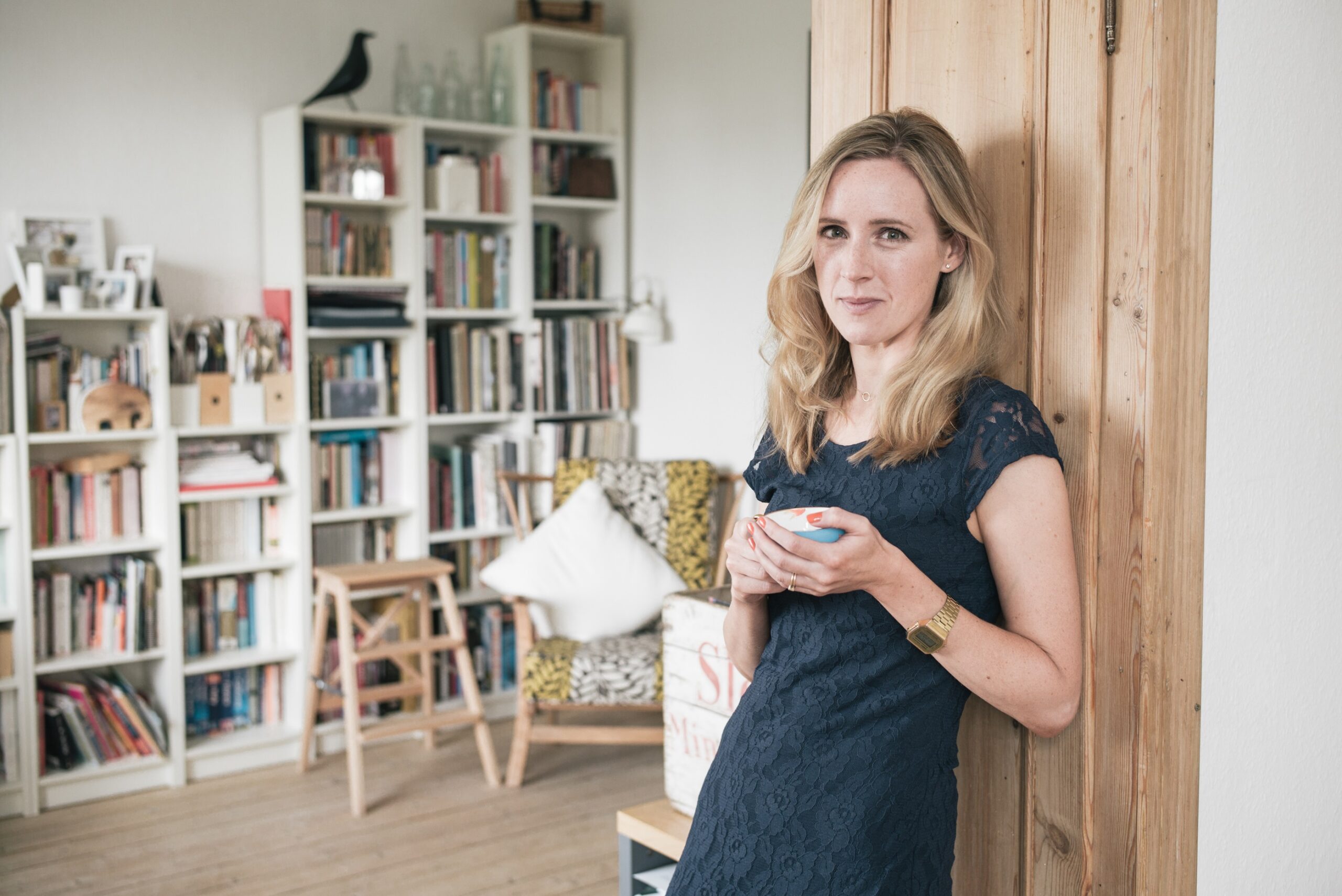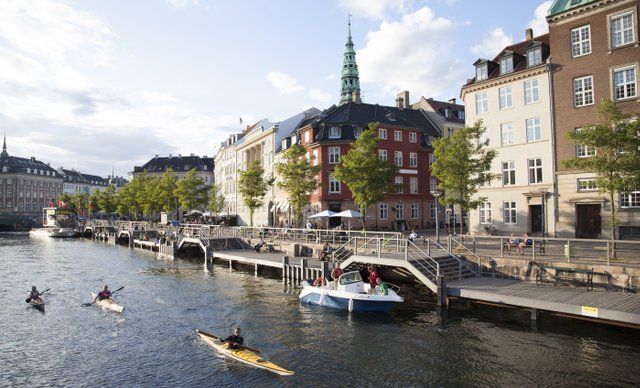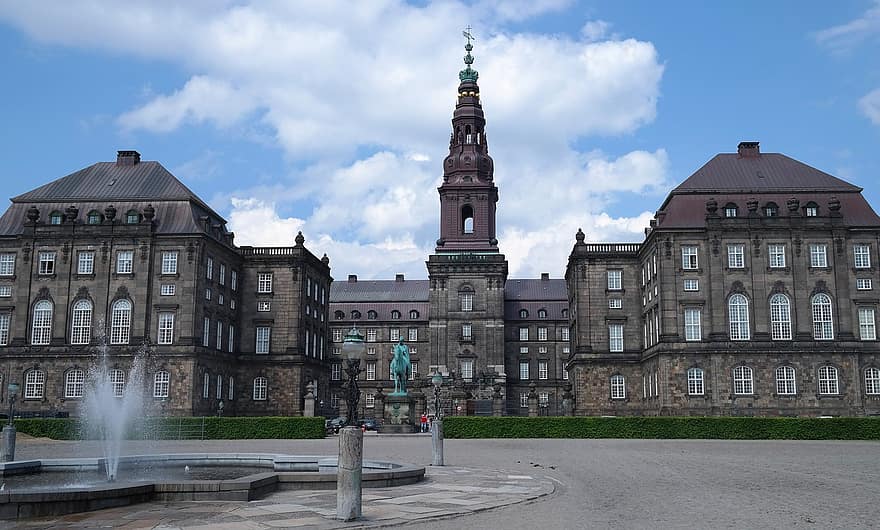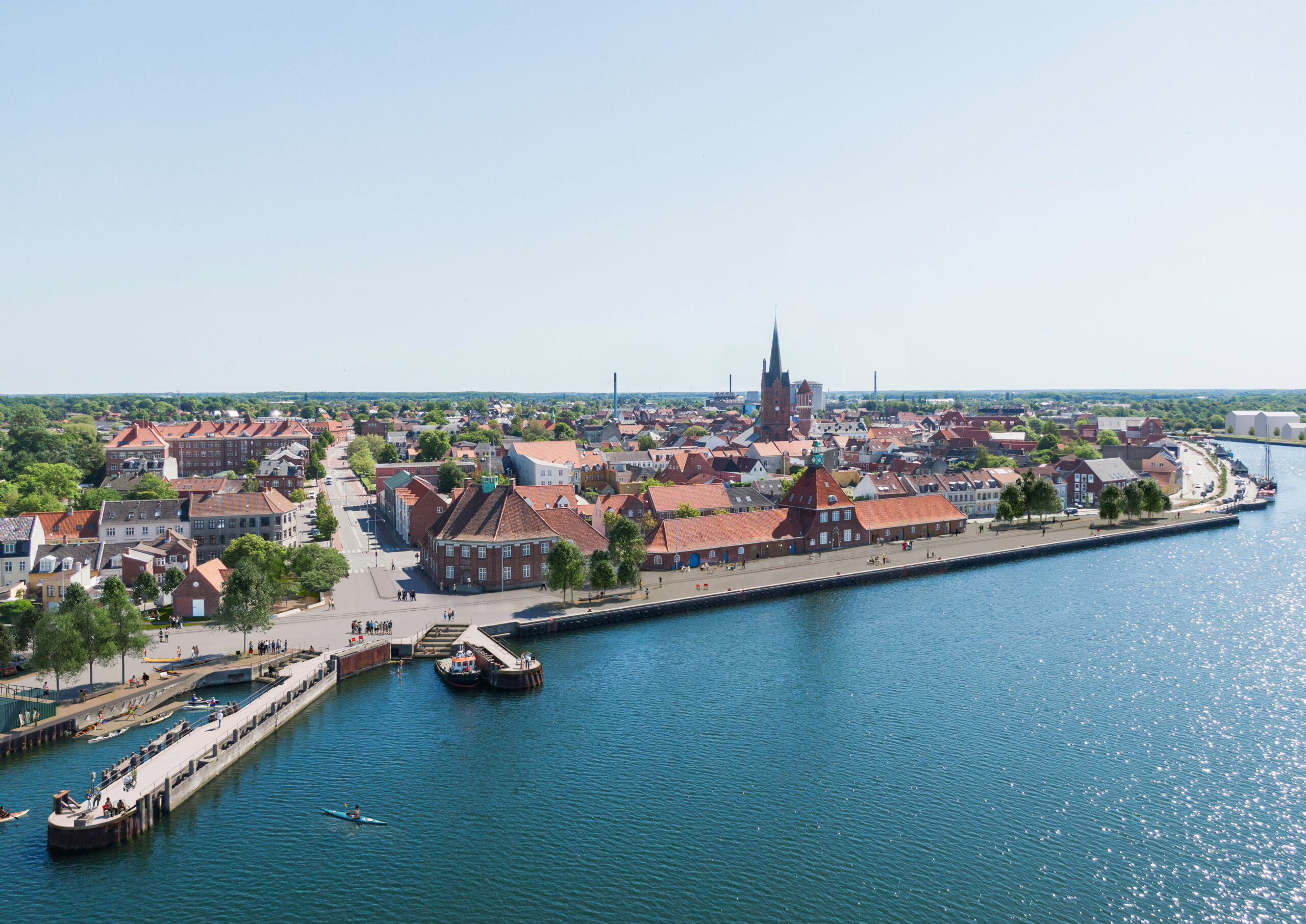According to the latest State serum Institute figures, there have been 3,337 new COVID-19 cases in Denmark over the past 24 hours.
SSI numbers also show that Copenhagen now leads the national infection rate per capita.
The figures (here in Danish) show that the Capital registered 4,939 cases over the past week – the equivalent of 786 cases per 100,000 people.
That per-capita rate is the highest out of the country’s 98 municipalities.
READ ALSO: Thousands not turning up for COVID-19 tests
Death toll nears 1,000
Ishøj, Solrød, Frederiksberg, Herlev, Tårnby and Glostrup also had per-capita infection rates over 700 – another indication that the pandemic has a particular stranglehold on the capital region.
However, the per-capita rate is high nationwide, with only Ærø showing less than the desired 20 cases per 100,000 residents.
In other words, the figures are not good in 97 out of Denmark’s 98 municipalities.
There are currently 429 people hospitalised with COVID-19 – 61 in intensive care and 34 on respirators. Standing at 950, the death toll is now approaching 1,000 mark.
















